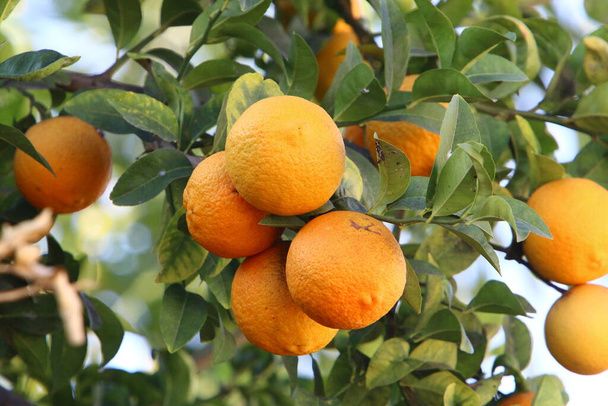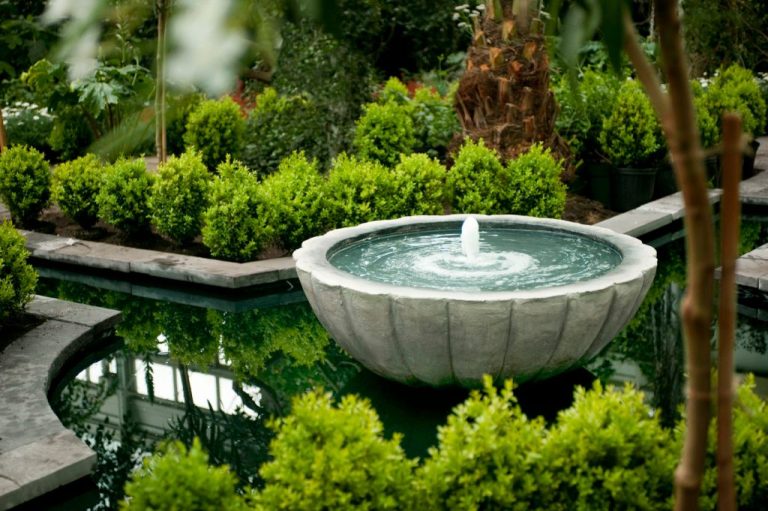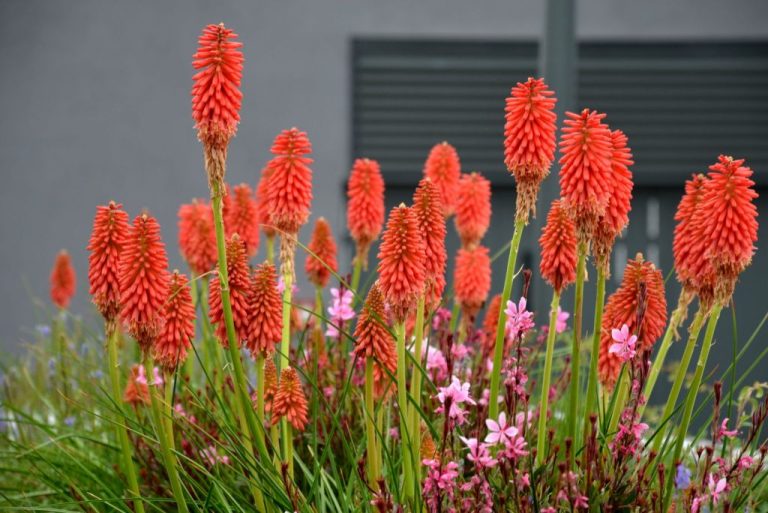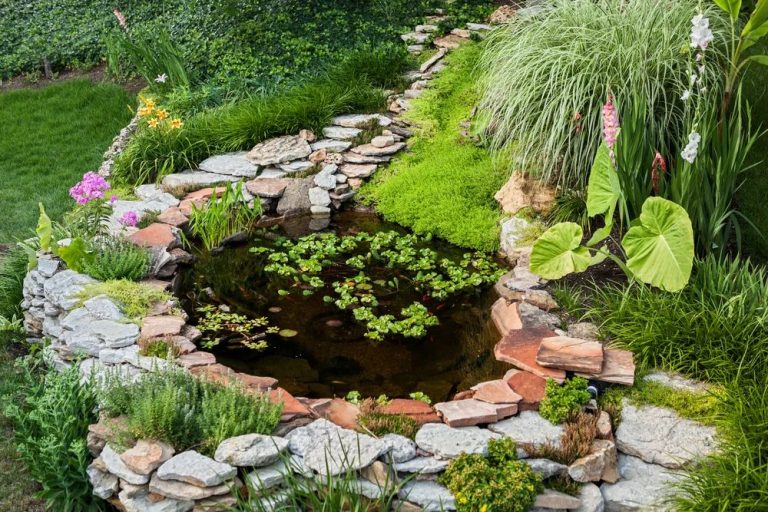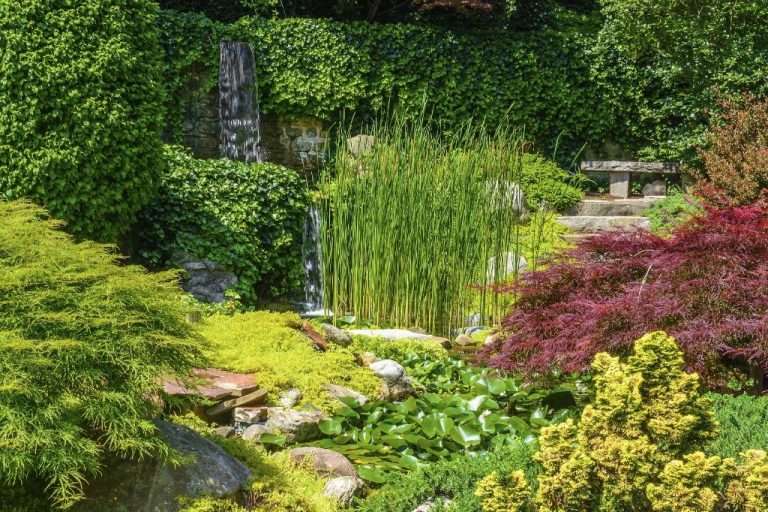Mediterranean-Style Patio Garden Design: Outdoor Living In Style
Mediterranean-style gardens evoke the relaxed charm and beauty of the Mediterranean region, known for its mild climate, coastal landscapes, and rustic architecture. This design style emphasizes creating an inviting outdoor living space that encourages relaxation, dining al fresco, and entertaining. Mediterranean gardens integrate the home and landscape to expand living areas to the outdoors.
Mediterranean landscapes are characterized by rustic features like stonework, clay pots, gravel and tile, arbors and pergolas. Design often includes enclosed spaces like courtyards, intimate seating areas, and connect indoor-outdoor spaces. The plant palette combines drought-tolerant species like lavender, rosemary, olives and grapes alongside flowering plants to create texture and color. Water elements like fountains and pools add ambience.
By bringing elements of Mediterranean architecture and design into harmony with the landscape, these gardens create a cohesive aesthetic that transports you to the sunny, relaxed lifestyle of the region.
Climate Considerations
The typical Mediterranean climate is characterized by mild, wet winters and hot, dry summers. This climate pattern is found near the Mediterranean Sea, hence the name, but also in other mid-latitude coastal regions like California.
Mediterranean climates are influenced by the subtropical high pressure systems that dominate in the summer, leading to clear skies, high temperatures and very little rain. In the winter, polar jet streams push storms across the regions, bringing higher levels of precipitation.
According to the Köppen climate classification, a Mediterranean climate is defined as having cool, rainy winters and warm to hot, dry summers (Wikipedia). The average temperature in the coldest month must be above 0°C (32°F) but below 18°C (64°F). In addition, at least three months in the year should have average temperatures above 10°C (50°F). Precipitation is also a defining factor – most rainfall occurs in the winter season, with summer rainfall below 30 to 40% of the winter amount.
The mild winters and hot, dry summers of the Mediterranean climate allow for an extended growing season ideal for gardens and outdoor living spaces.
Hardscaping
Mediterranean-style gardens make liberal use of hardscaping to create visual and textural interest. Natural materials like stone, tile, gravel, and brick are used for patios, walkways, and fire pits to complement the lush plantings.
For patios, classic materials like travertine, flagstone, and terracotta tiles in earthy hues from cream to rust are ideal. Larger paved areas can be broken up into sections using borders of brick or tile for visual interest. Gravel pathways with a mortared stone edge winding through garden beds also evoke a timeless Mediterranean look.
Dry stack stone walls and stacked stone fire pits bring both texture and function to the space. Local stone in hues from sand to slate gray blends with the natural environment. Use loose gravel as a mulch around plantings to reduce water needs and give a cohesive look.
Plant Choices
When selecting plants for a Mediterranean-style patio garden, it’s important to choose options that can withstand hot, dry conditions. Some top choices include:
Drought tolerant plants: Plants like rosemary, thyme, sage, lavender, and succulents are well-suited to dry climates and require little water once established. Consider incorporating these aromatic herbs in garden beds or containers.
Citrus: Fruit trees like lemon, lime, orange, and grapefruit thrive in Mediterranean gardens. The bright fruits add pops of color and fragrance. Standard or dwarf citrus trees grow well in patios pots.
Lavender: This classic Mediterranean plant offers year-round appeal with its fragrant flowers and silvery foliage. English lavender varieties like Munstead and Hidcote are good patio choices. Plant in beds, borders or containers.
Olive trees: A symbol of the Mediterranean, olive trees need well-drained soil and infrequent watering once established. Opt for a patio-sized variety in a large container.
Vines: Trailing vines add vertical greenery to pergolas, trellises and garden walls. Grapes, bougainvillea, jasmine, and passionflower vines are lovely choices with the look and feel of the Mediterranean.
See ideas for small Mediterranean patio plantings from Garden Design.
Water Elements
Water is an essential element in Mediterranean garden design. The soothing sound of flowing water paired with the shimmering reflection of sunlight creates an oasis-like feel. Fountains, pools, and container water features are popular additions.
Fountains come in endless shapes and sizes to fit any patio space. Wall fountains and cascading fountains are common choices with their graceful flowing water. Mediterranean-style fountains often feature classic motifs like amphoras, lions heads, and urns (source). For a dramatic statement, a large multi-tiered fountain makes a stunning focal point.
For a reflective pool, tile mosaic designs are classic. Mediterranean colors like deep blues, greens, and terra cotta provide style. Surround a simple rectangular or circular pool with Mediterranean plants for an inviting look (source).
Container water gardens offer versatility, allowing you to move them around your patio. Choose glazed ceramic or terra cotta pots and fill them with water plants like lotus, papyrus, or water lilies. The sound of a small fountain or bubbler adds soothing ambience (source).
Outdoor Living Spaces
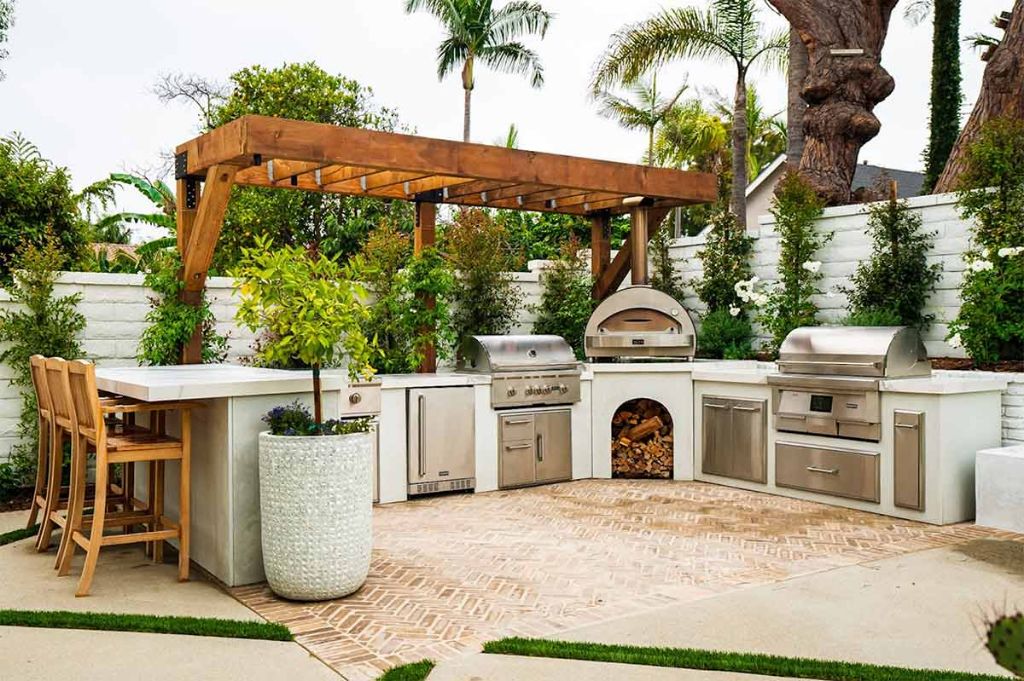
A Mediterranean patio garden is all about creating inviting outdoor living spaces. Patios and terraces extend the home’s living areas and provide spaces to relax, dine, and entertain.
Patios can be constructed from a variety of materials like natural stone, brick, tile, or concrete pavers. Choose materials and patterns that complement your home’s architecture and color scheme. Decorative tile or inlaid mosaics add artistic flair. For easy conversation, keep patio spaces relatively compact and intimate. Include comfortable seating like chaise lounges, benches, and cushioned chairs arranged in conversational groupings.
To provide shelter from sun and rain, add a pergola or gazebo structure over all or part of the patio. Choose materials like plaster, stone, or painted wood for an authentic Mediterranean look. You can also train climbing vines atop pergola beams to create a lush, shaded ceiling.
For cooking, dining, and drinks, include an outdoor kitchen and dining area. This can be as simple as a grill, bar area, and dining table or as elaborate as a full kitchen and bar with pizza oven, sink, refrigerator, and ample counter space. Use colorful patterned tiles, arches, or a grapevine covered trellis to evoke Mediterranean style.
Cite: https://www.houzz.com/photos/mediterranean-patio-ideas-phbr1-bp~t_725~s_2109
Lighting and Decor
Lighting and decorative touches are key for creating an inviting Mediterranean patio ambiance. String lights are a quintessential element, providing a warm glow above patio seating areas after dusk. Opt for classic Edison bulb string lights, or go for a more romantic look with Italian glass globe string lights. Wrought iron or clay lanterns containing candles or flameless candles also enhance Mediterranean flair. For textiles, incorporate brightly colored cushions, throw blankets and area rugs in patterns like tile-inspired designs or vibrant florals. Handcrafted pottery, ceramics and urns planted with greenery make lovely accents. Displaying art, wall hangings and decorative plates adds personality. Wrought iron, wood and terra cotta elements complement the Mediterranean vibe. Focus on rich colors like deep blues, vibrant yellows and earthy terra cotta colors. Keep some surfaces simple to let the textures and colors of accent pieces pop.
For specific lighting and decor ideas, see the Houzz article “75 Mediterranean Patio Ideas You’ll Love” (https://www.houzz.com/photos/mediterranean-patio-ideas-phbr1-bp~t_725~s_2109). Their photos showcase string lights, lanterns, textiles and pottery for achieving a stylish Mediterranean patio aesthetic.
Creating Shade
Shading is an important element for Mediterranean patio designs in sunny climates. There are several attractive options to provide cooling shade on a Mediterranean-style patio.
Awnings made from canvas or other fabrics can be mounted above patio seating areas. They come in striped or solid patterns and colors that complement the Mediterranean aesthetic. Awnings can be manually retracted or opened, or set up with automated controls (Houzz).
Shade sails mounted on posts create graceful, sweeping curves overhead. They are made from durable, UV-resistant fabric in Mediterranean hues like terra cotta or soft yellow. Shade sails can stretch across the entire patio or over specific seating nooks (Pinterest).
Umbrellas with ornate metalwork bases and canopies made of Sunbrella or other fade-resistant fabrics also lend shade. Look for umbrellas in vivid colors and patterns for a pop of interest. Place umbrellas over individual seating areas.
Arbors and pergolas covered in vines create lovely filtered light overhead. Use Mediterranean plants like grapes, bougainvillea or jasmine to cover the structures. Position arbors at patio entryways or over pathways for a lush outdoor living space.
Container Gardens
Container gardens are a key component of Mediterranean style gardens, allowing for modular design and portability. Terracotta pots and planters in earthy tones help complement the natural materials used throughout the space (Source 1). Window boxes overflowing with herbs and flowers add pops of color against neutral walls. Smaller containers are great for growing herbs and vegetables close to the kitchen.
Opt for large, oversized terra cotta or ceramic pots as statement pieces placed in groupings along pathways or against walls. Matching pots in descending sizes look uniform and clean. Painted terracotta pots offer affordable variety. For herbs and smaller plants, use classic terracotta clay pots or glazed ceramic pots. Wrought iron plant stands elevate containers for additional interest.
When selecting plants, choose drought-tolerant varieties that thrive in Mediterranean climates like lavender, rosemary, thyme, oregano, succulents, and flowering plants like bougainvillea, plumbago, and geraniums. Trailing plants look beautiful spilling over the edges of window boxes and large containers.
Conclusion
The Mediterranean style can create an inviting outdoor oasis for relaxation and entertaining. The design centers around natural stone, stucco, tile and wood elements to reflect the region’s architecture. Mediterranean gardens utilize drought-resistant plants, decorative containers, pergolas and arbors. Wrought iron, clay pottery and textured fabrics add old-world charm.
Key features that define Mediterranean style include:
- Hardscapes like stone terraces, tile paths and stucco walls
- Arbors, trellises and pergolas for shade
- Decorative ceramic planters and pots
- Wrought iron or wood furniture with weathered finishes
- Plants like lavender, rosemary, jasmine and olive trees
- Water features like tile fountains and ponds
- Outdoor kitchens and fireplaces
By incorporating these elements, you can create a cohesive Mediterranean oasis outdoors.

